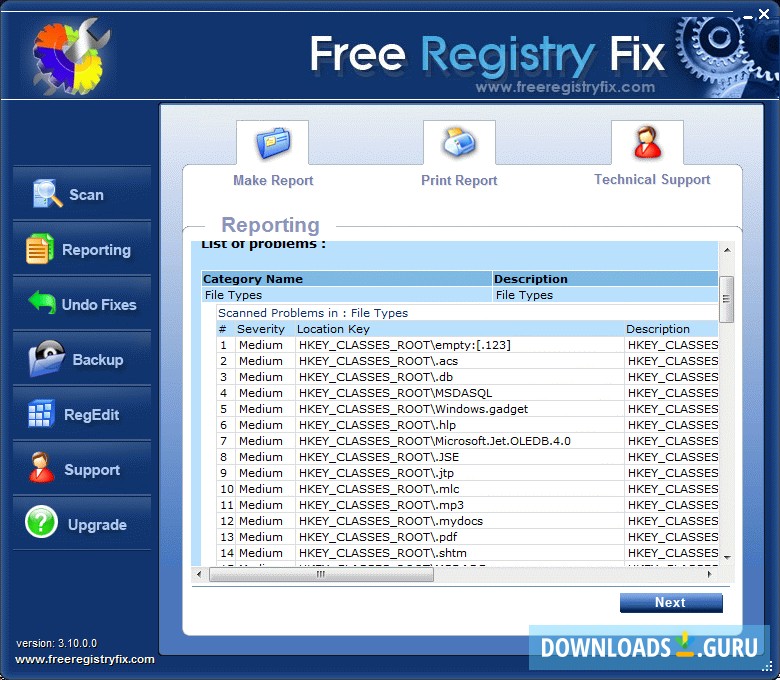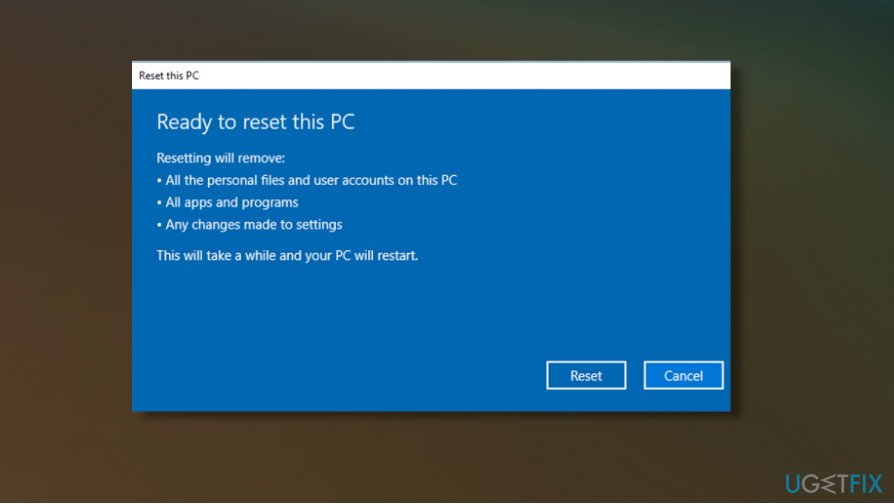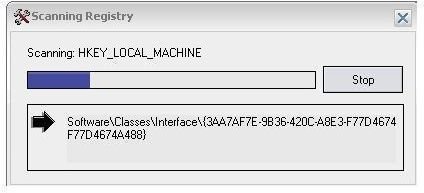

- MANUAL REGISTRY REPAIR WINDOWS 10 HOW TO
- MANUAL REGISTRY REPAIR WINDOWS 10 DRIVERS
- MANUAL REGISTRY REPAIR WINDOWS 10 WINDOWS 10
Select volume 1 (bootmgr and \Boot\BCD must be on this partition ) You can make a partition active using diskpart: In this example, you need to make Volume 1 the active partition (in your case, you need to find out your partition number). Volume 2 – partition with Windows system folders (%Windir%, Program Files, Users, and etc.).Volume 1 – System Reserved partition (500 MB size) with Windows bootmgr and BCD file.Volume 0 – installation flash drive (ISO image) from which you booted the computer.For example, the following partitions are available on your computer Now you need to make active the partition on which the bootmgr and BCD file with the Windows bootloader configuration are located (BIOS transfers control to the OS bootloader on the active MBR partition).

MANUAL REGISTRY REPAIR WINDOWS 10 WINDOWS 10
So we have completely recreated Windows 10 bootloader (bootmgr) and BCD file and overwritten the MBR boot sector. Specify that the Windows Boot Manager is located on the System Reserved partition (the drive letter C: is assigned to it):īcdedit.exe /set /addlast
MANUAL REGISTRY REPAIR WINDOWS 10 DRIVERS
please make sure that all required file system drivers are loaded and that the volume is not corrupted), try removing hidden, read-only, and system attributes from it: If the bcdedit command returns an error while accessing a BCD file ( access denied, the store import operation has failed, the required system device cannot be found, the volume does not contain a recognized file system. If you have a System Reserved partition, delete the old (corrupted) BCD file and create a new one instead:.To create the Bootmgr and BCD bootloader configuration files on the specified drive, run the command:Ī message should appear: Boot files successfully created. If there is no system reserved partition (perhaps you accidentally deleted it), you can store the Boot Manager files on the system drive where the Windows directory is located.It can be identified by its volume label, or more precisely by its size (500 MB for Windows 10+, 350 MB for Windows 8.1, and 100 MB for Windows 7). Run the commands:Ĭheck if there is a System Reserved partition on the hard disk. Your next steps depend on whether the disk has a separate System Reserved partition or not. Next, use the using BCDedit command to create a new Boot Configuration Data file (it is supposed, you don’t have the BCD backup file).
MANUAL REGISTRY REPAIR WINDOWS 10 HOW TO
How to Recreate a Windows Boot Configuration (BCD) from Scratch? If the OS doesn’t boot, follow the instructions below.

Total identified Windows installations: 1 D:\WindowsĪdd installation to boot list? Yes/No/All:īootrec /RebuildBcd – recreate the bootloader configuration store, add copies of Windows found on the computer to the BCD bootloader.Īfter that, restart your computer and check if Windows boots properly. Successfully scanned Windows installations. Please wait, since this may take a while. If the scan is successful, you will be prompted to add entries about found Windows instances to the BCD configuration: Scanning all disks for Windows installations. Run these commands:īefore moving on, try to automatically rebuild the BCD bootloader configuration with the following commands (this is the easiest way for beginners):īootrec /FixBoot – the command creates a new boot sector on the system partition and overwrites the boot record of the PBR partition.īootrec /ScanOs – scan all drives and look for installed copies of Windows that are not in the Boot Configuration store Next, you need to identify the local drives and volumes on your computer (most likely the drive letters assigned to them will be different from those you see when working in Windows).


 0 kommentar(er)
0 kommentar(er)
